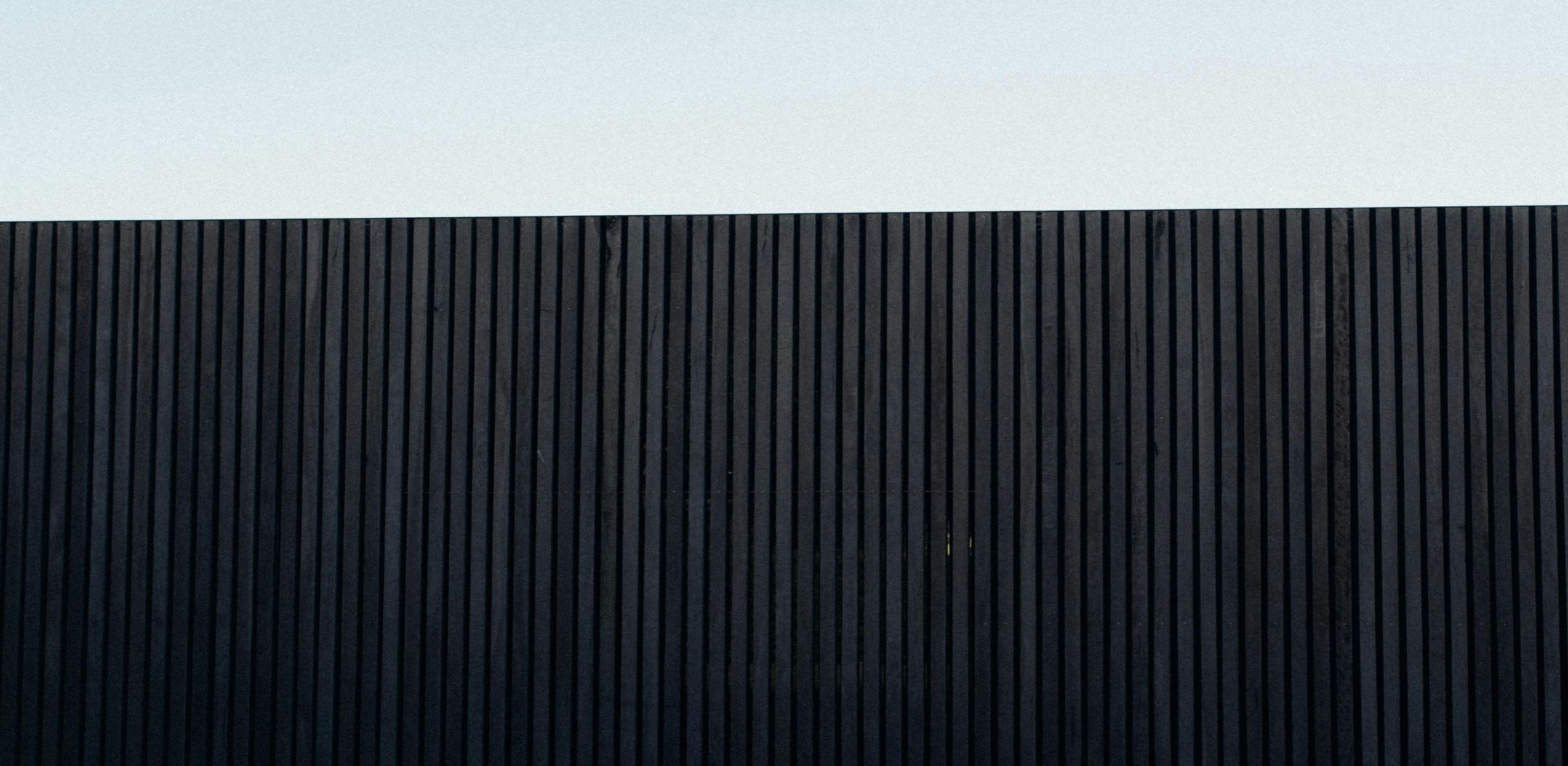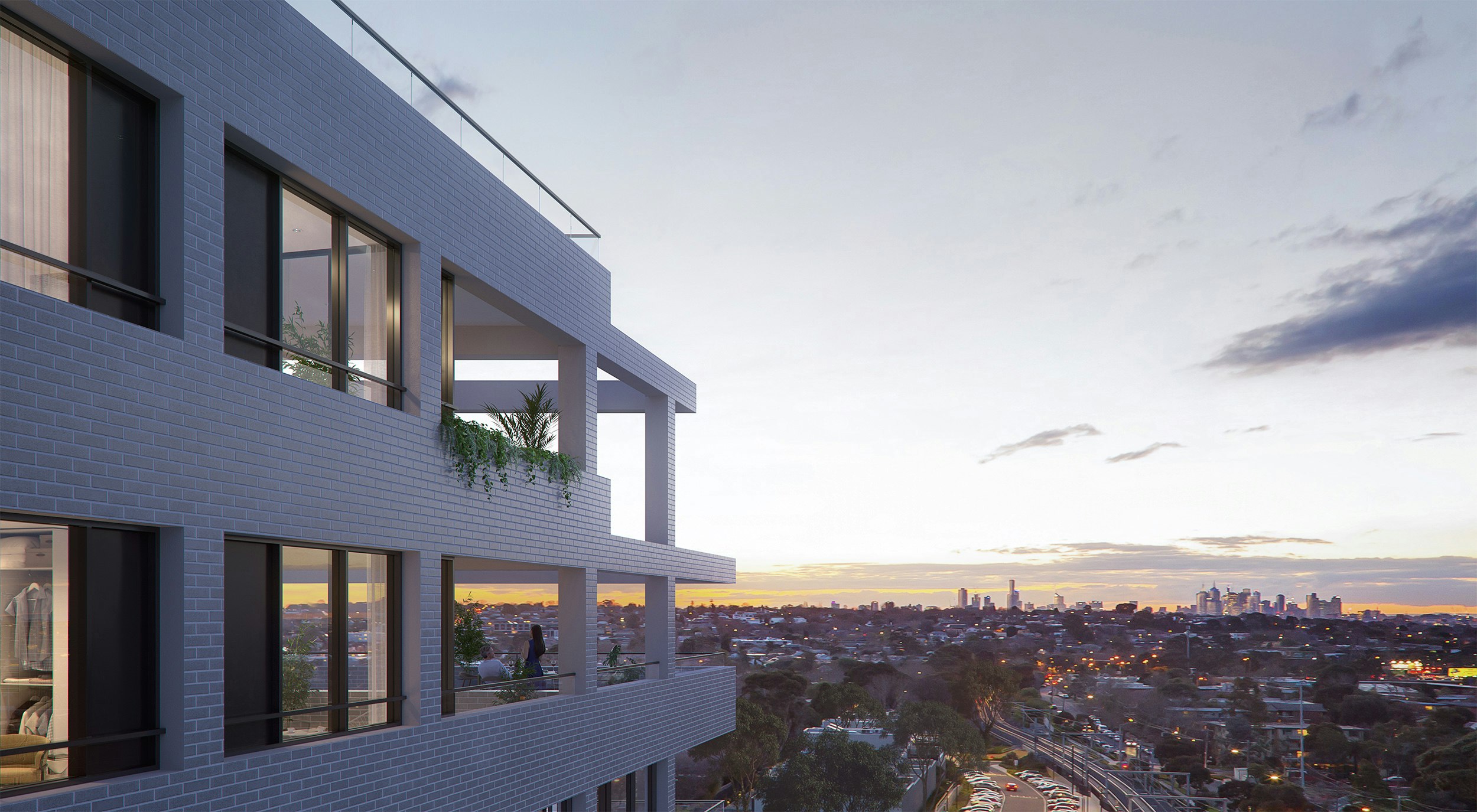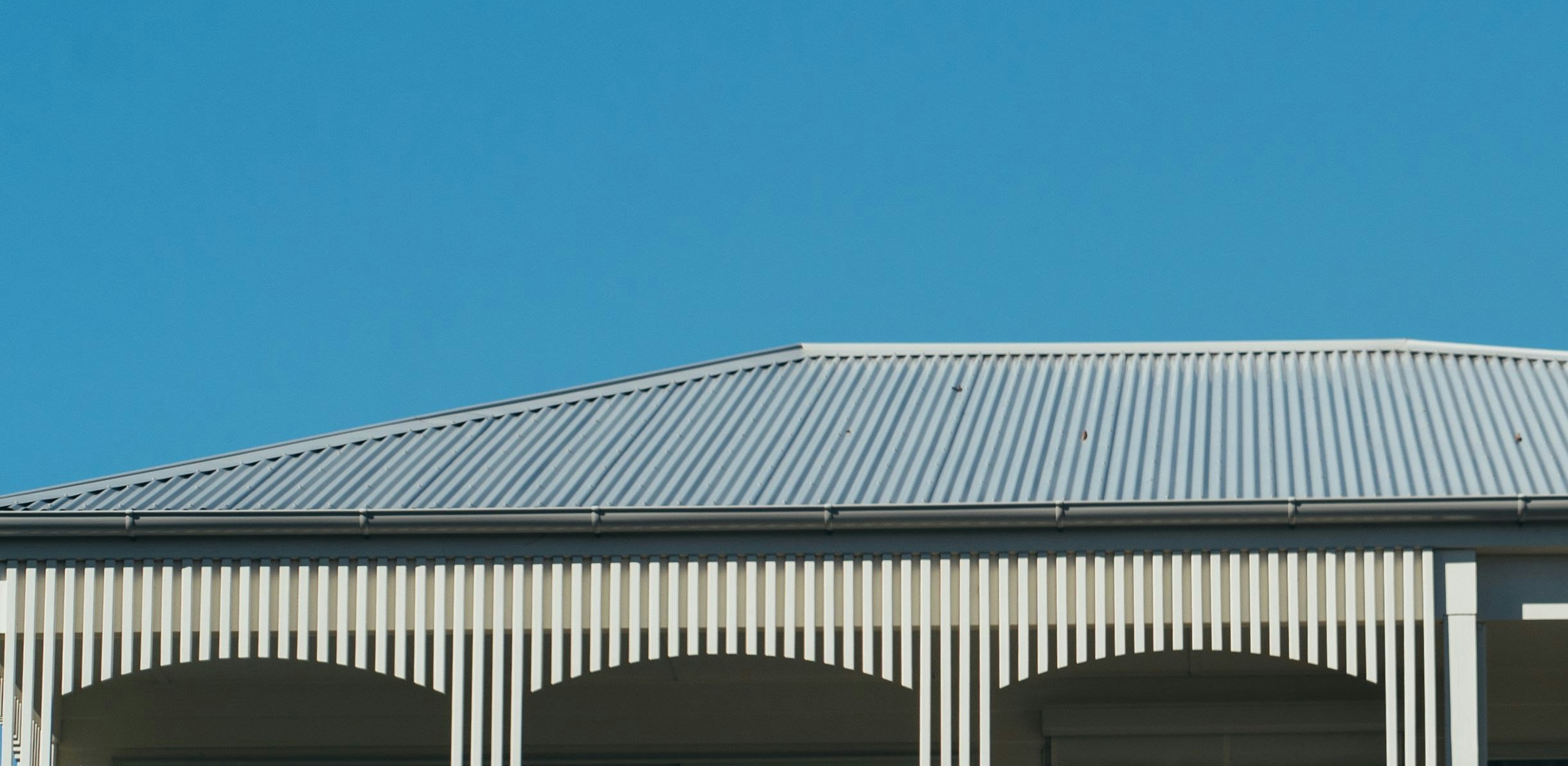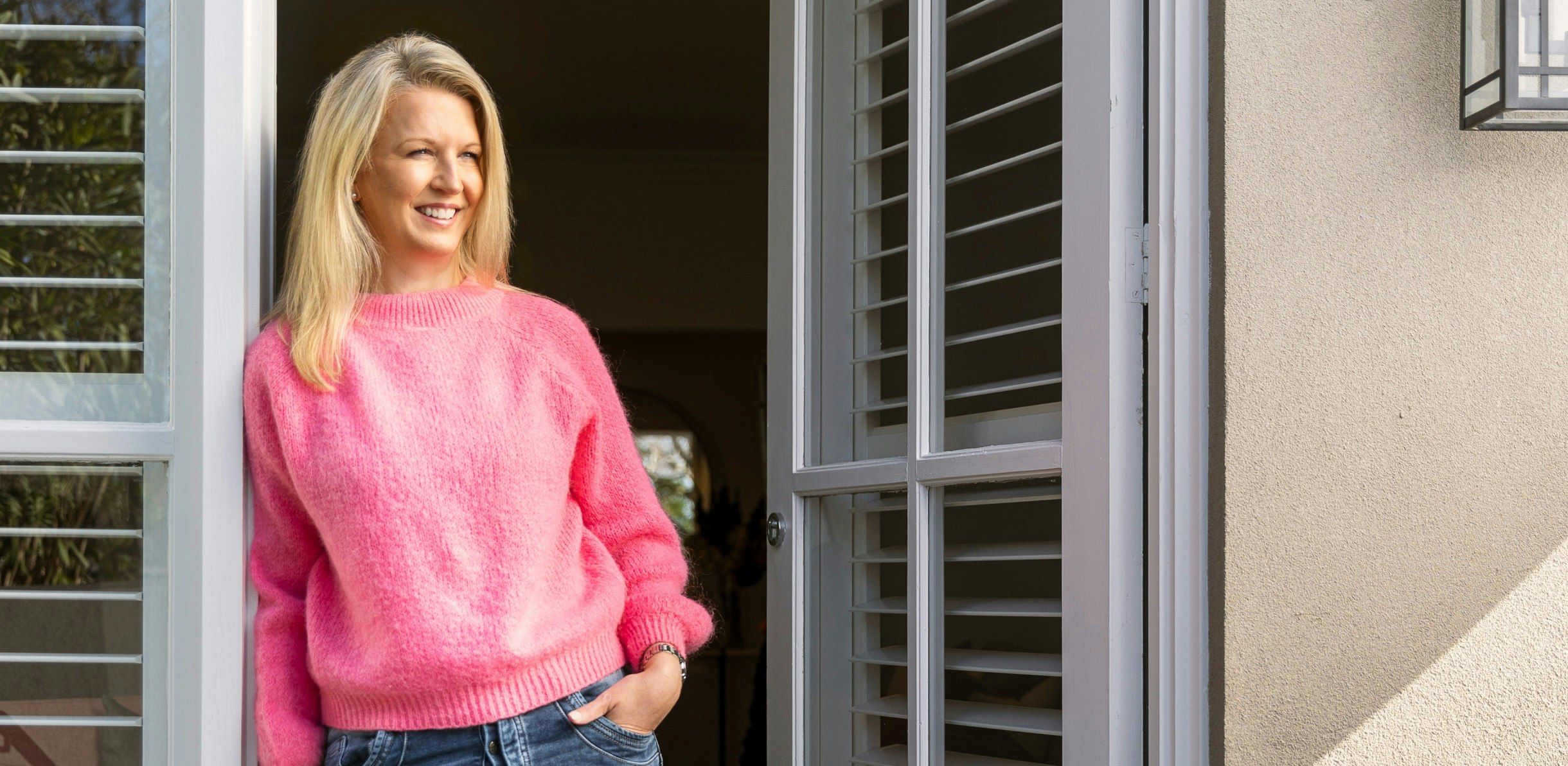The Australian residential construction industry is entering a new phase of stability after a period of unprecedented growth post-COVID. Recent data from CoreLogic's Cordell Construction Cost Index (CCCI) reveals an encouraging direction: construction costs are now growing at their slowest annual rate in over two decades, pointing towards a positive recalibration of the industry.
Industry NewsBuilding industry rebound
Next ArticleBuilding industry rebound

Opportunity for buyers and renovators
25 July 2024
In Q2 2024, the national CCCI, which measures the cost of building a typical new dwelling, recorded a modest 0.5% increase, following a 0.8% rise in Q1. This trend has culminated in an annual cost increase of just 2.6% for FY24, the smallest yearly rise since March 2002 and significantly below the pre-COVID decade average of 4.0%.
While construction costs remain elevated compared to pre-pandemic levels, the current stabilisation is a welcome development for both industry professionals and consumers. The gradual return to more normal growth margins is expected to improve builder profit margins and boost confidence in pricing for new builds and renovations. This could potentially stimulate activity in the sector and make new housing more accessible to a broader range of buyers.
The easing of cost increases is primarily attributed to reduced pricing volatility among construction materials. Key categories such as timbers and metal products, crucial for residential construction, have even seen price reductions. This pattern towards more predictable material costs allows for better project planning and budgeting, benefiting both builders and homeowners.
Interestingly, construction costs are now increasing at a slower rate than inflation. The national Consumer Price Index (CPI) rose by 1.0% in the March quarter, exceeding the 0.8% rise in residential construction costs. With construction costs rising by just 0.5% in the June quarter, it's likely that this growth will be well below the CPI when the index is released. This progression could have beneficial implications for housing affordability and overall economic stability.
The construction industry is showing signs of resilience and adjustment. While building approvals remain around decade lows, there was an encouraging 5.5% increase in May. This suggests that the sector may be on the cusp of a recovery, albeit a gradual one. The industry is working through a backlog of projects, which, once completed, could pave the way for increased new construction activity.
The stabilisation of construction costs presents opportunities for innovation and growth in the sector. It allows builders and developers to focus on improving efficiency and exploring new construction methods without the pressure of rapidly escalating costs. This could lead to more sustainable housing solutions in the long term.
For potential homebuyers and renovators, the current market conditions offer a window of opportunity. With costs stabilising and the industry adapting to new parameters, now may be an ideal time to consider new builds or renovation projects.
As the Australian construction sector navigates this period of adjustment, the outlook appears increasingly positive. The combination of stabilising costs, potential for increased building activity, and a more predictable economic environment sets the stage for sustainable growth in the industry. While challenges remain, the current developments suggest a brighter future for Australian residential construction, with benefits rippling out to the broader economy and housing market.



